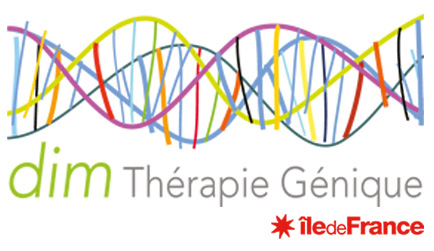Last March in the United States, a patient with an inherited blindness, became the first human to receive an experimental treatment based on the CIRSPR gene-editing therapy, administered directly into the patient’s eye in order to modify a gene and allow the patient to cover sight. Although the results remain unknown, this historic gene therapy trial could pave the way for further CRISPR in vivo trials.
The treatment is part of a landmark phase 1/2 clinical trial named BRILLANCE and involved 18 patients sponsored by Oregon Health & Science University Casey Eye Institute, in Portland with the help of the US company, Editas Medicine of Cambridge, Massachusetts, and the Irish pharmaceutical company, Allergan. This trial will assess the safety, tolerability and efficacy of AGN-151587, based on CRISPR-Cas9 gene-editing approaches, for the treatment of Leber congenital amaurosis 10 (LCA10). The most common form of the disease is a monogenic disorder caused by mutations in the CEP290 gene from retina photoreceptor cells. Mutations prevent the conversion of light into interpretable brain signals, resulting in the loss of retinal photosensitivity. Symptoms of LCA appear within the first years of life, resulting in significant vision loss and potentially blindness. No treatment is currently available to treat the disease.
Since the discovery in 2012, Crispr-Cas9 gradually became the simplest and cheapest gene-editing technique. Acting like real scissors, the CRISPR system allows to precisely cut DNA and insert a new fragment to suppress the mutation, directly in cells, hence its name “molecular scissors”.
Previous CRISPR–Cas9 clinical trials have used the technique to edit genomes of cells from patients suffering from cancer or sickle cell disease (see First CRISPR treatment shows promising results for 2 patients suffering from blood disorder), but except that cells have been previously removed from patients, then modified in vitro, and finally injected back into patients. What is unprecedented in this trial is the direct injection of CRISPR treatment into the patient’s eye, near the photoreceptor cells. With this technique, the goal is to permanently restore functions of retinal photoreceptors.
What is the process of the operation? Concretely, the operation duration is only one hour during which the patient is placed under general anaesthesia to receive, by injection, a few drops of product containing the components of the gene-editing system, under the patient’s retina. The patient should only receive one injection since the CRISPR changes are assumed to be permanent. With this technique, investigators hope to be able to restore the production of the protein CEPS290, which is crucial for the transmission of light into signals that can be interpreted by the brain. Since it will take a few months to observe the effects, the results are currently unknown.
However, the use of gene-editing techniques does not seem without danger. Indeed, the cutting machinery introduced into patient’s eye could cause unexpected off-target effects and cause undesirable side effects. Nevertheless, this risk has been estimated to be very low by the study’s investigators, since the eye is isolated from the rest of the body.
As Mark Pennesi, associate professor of ophthalmology at Oregon Health & Science University in Portland, points out, this possibility to directly edit genes in human remains above all “an important step toward bringing new and promising treatments to patients with disease-causing gene mutations”.
Aurélie Laubier, PhD, Project manager DIM Thérapie Génique
References
- Editas Medicine Press release
- Nature : CRISPR treatment inserted directly into the body for first time

